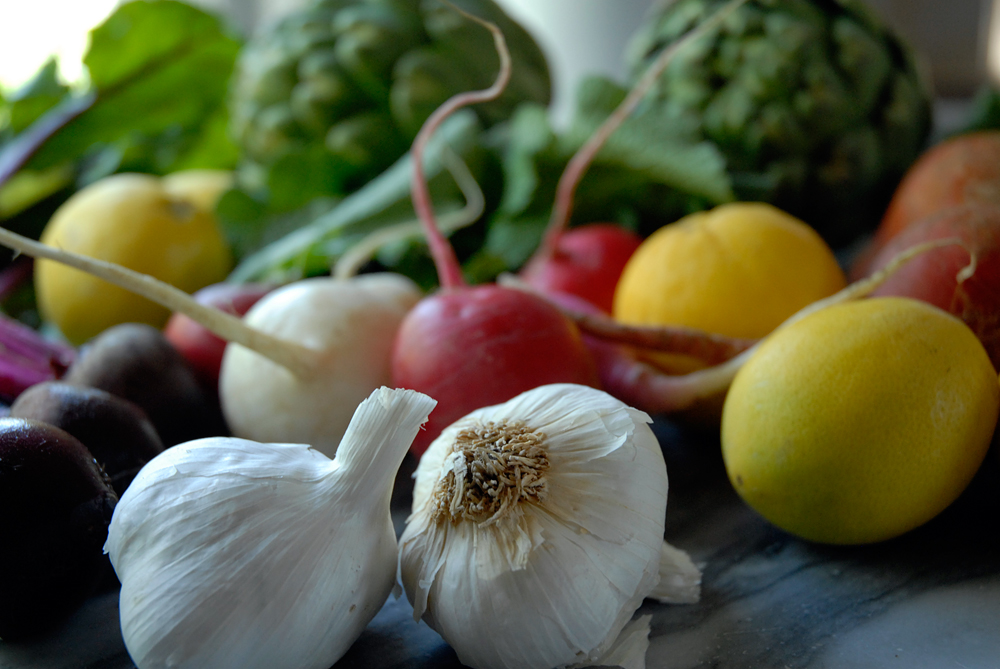
As the weather warms and the days get longer our bodies naturally gear up for a long-awaited cleanse. Traditional cultures around the globe use spring and summer as a time to shed excess weight and eliminate toxins that have built up during the winter. This can happen naturally as hearty stews are exchanged for fresh salads and cozy days on the couch are replaced with outdoors activities. But this cleansing process can also be gently encouraged with food choices. By selecting foods that support the liver and kidneys, the primary detox organs, cleansing becomes part of a balanced and tasty diet.
Some people use extreme diets like fasting and juice cleanses. But these aren’t necessary for most people and may be dangerous without medical supervision. Take juice fasting as an example. The goal in this popular regime is to consume concentrated vitamins and minerals from fruit and vegetable juices and to supply the body with enough sugar to function without having to digest food. But the problem with consuming only juice for any extended length of time is that it lacks protein. All of the liver detox pathways require protein to function properly. In addition, fiber is necessary in order to adequately eliminate toxins from the gut. Liquid diets that eliminate fiber and protein may cause a lot of negative symptoms because toxins cannot be fully processed and excreted.
Below is a list of five foods that support the body while cleansing. Most of these foods have a direct benefit on the liver; chemicals need to be processed by the liver in order to be eliminated from the body. It is a huge job and it leaves the liver vulnerable to injury from numerous toxic substances. The good news is that there are many foods that protect the liver from harm. It is not necessary to consume these foods in excess to receive benefit. Normal consumption as part of a healthy diet is all that is needed.*
Garlic
The health benefits of garlic have been known for centuries and modern scientific studies support many of the traditional uses. Not only does garlic make food taste great is has the power to reduce fatty liver disease and improve the production of detox enzymes. In fact it is so protective to the liver that it can block the development of liver cancer even after exposure to cancer causing chemicals. The protective affects of garlic aren’t limited to the liver. It is such a potent antioxidant that it also protects the kidneys from the toxic effects of many drugs. Fortunately for people who are sensitive to the heat of raw garlic, most of its beneficial properties are also present in the cooked root.
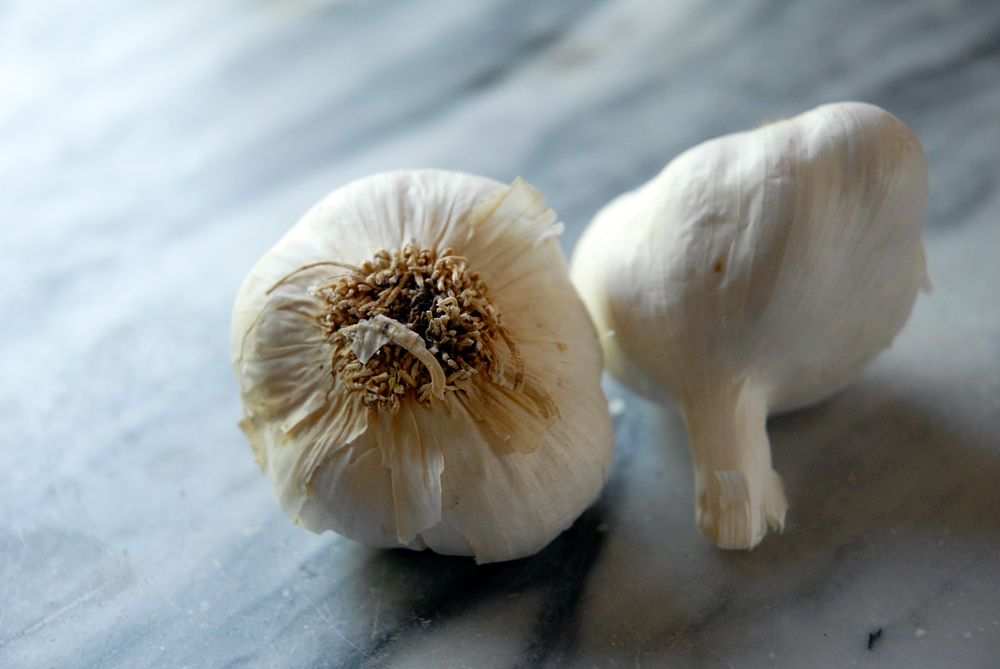
Artichokes
Members of the thistle family (artichoke, blessed thistle, milk thistle, etc.) are traditionally used as liver tonics. But few of them are as tasty as the artichoke. Often thought of as a delicacy, artichokes are powerful medicine. They have the ability to protect the liver from injury even when exposed to chemicals known to cause liver cancer. Artichokes are often eaten with oily dips like melted butter or mayonnaise. It is a perfect combination because the artichokes help the body to break down the oil and use it appropriately. In fact artichoke extract was shown to work synergistically with omega-3 fatty acids from fish oil.
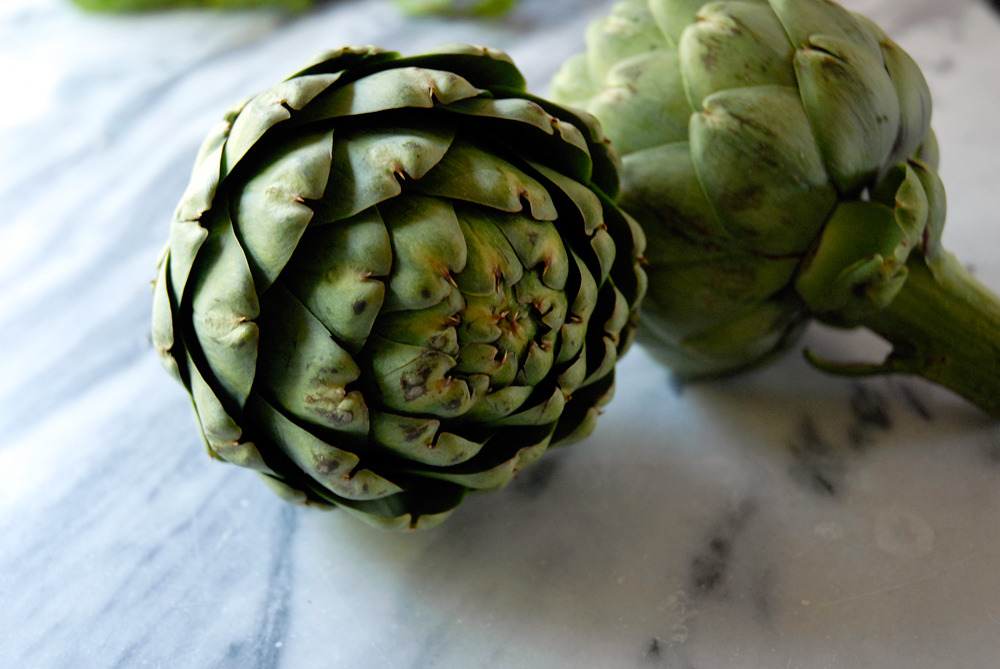
Lemons
The tart refreshing juice of lemons is often used in cleansing protocols. However the bulk of research focuses on the benefits of citrus peels. The peels are extremely rich in flavinoid compounds, which reduce inflammation and help to repair damaged tissues. These flavinoids are also potent antioxidants and can protect the liver from oxidative stress. Damage from alcohol, toxic mold, and even excess exercise is blocked by the consumption of citrus peels. Citrus peels are often included in teas and candies, but the versatile zest adds a complex flavor to many dishes, both savory and sweet.
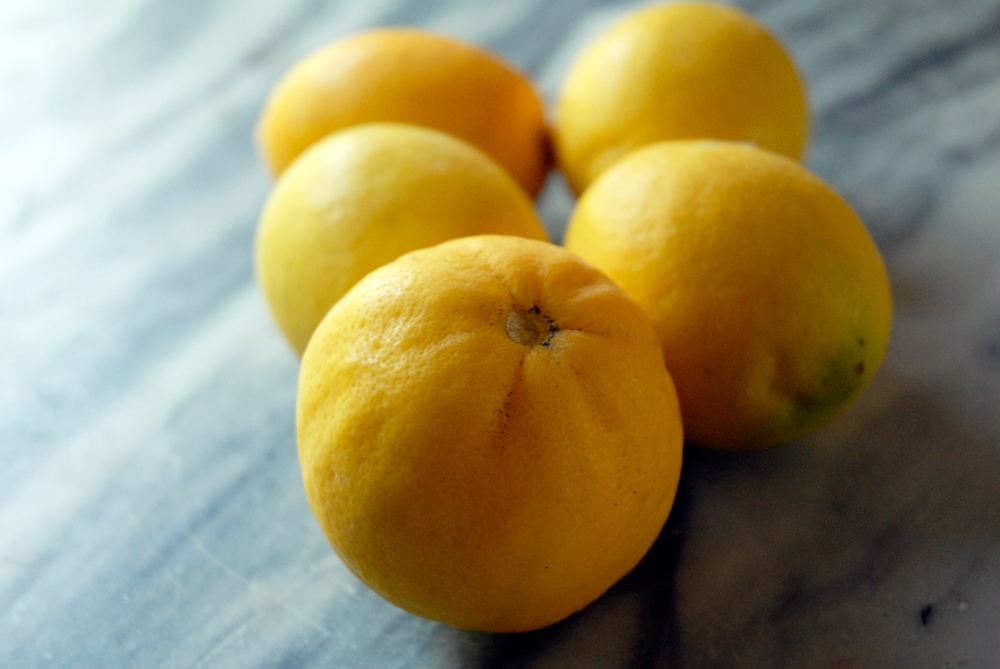
Beets
Table beets, beta vulgaris, have traditionally been used as both liver and gall bladder tonic and for good reason. Both the root and the leaves protect the liver from alcohol induced damage and extreme oxidative stress. They actually increase the major antioxidant enzymes of the liver glutathione and superoxide dismutase. Beets can be enjoyed in a variety of ways. They are delicious raw, roasted, steamed and marinated. They are naturally sweet so salty and sour flavors complement them.
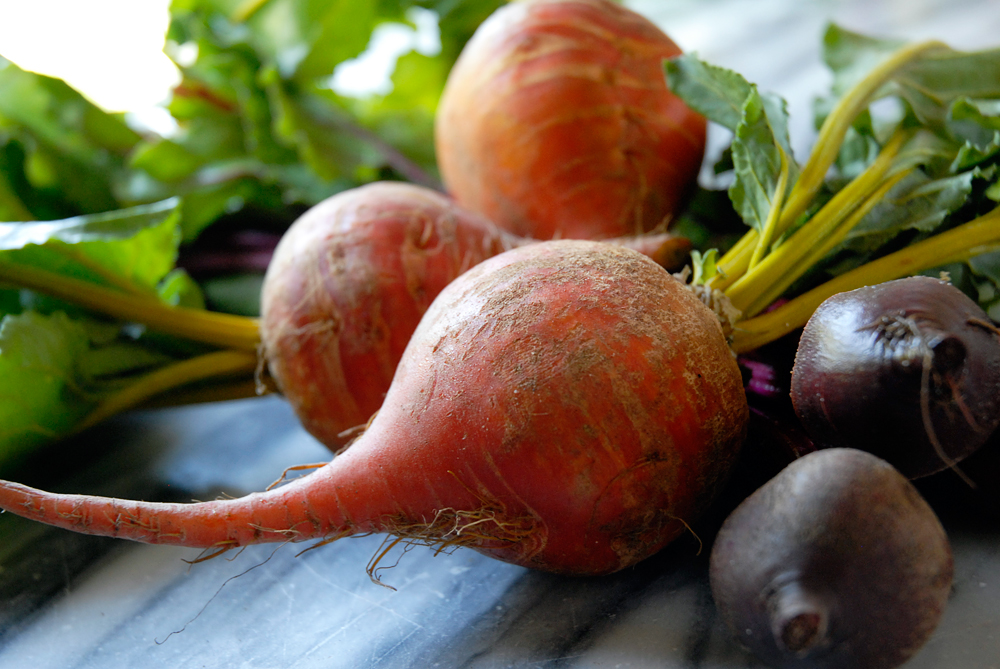
Radishes
Spicy crunchy radishes are packed with antioxidants. These phytochemicals are even more concentrated in the radish sprouts than the mature root and are found in virtually all varieties tested. The black radish is particularly well known for its benefits on the liver and gall bladder. It has been shown to increase the production of detoxification enzymes and prevent gall stones from forming. Be forewarned though, black radishes are much hotter than the standard red and white globes you may be used to. Radishes are usually eaten raw and they lose all of their heat when cooked. Their satisfying, crisp texture makes them a welcome addition to salads and pickles.
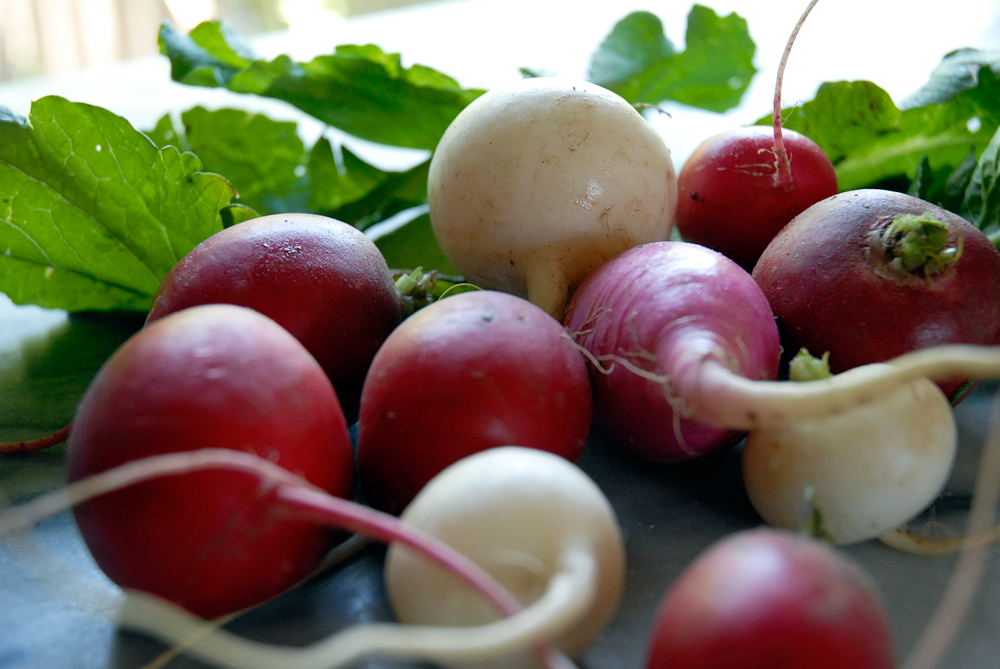
Recipe: Quick and Easy Radish and Beet Pickle
Prepare this simple pickle about 2 hours before you intend to serve it. Pickled radishes can develop a strong odor if they sit for too long.